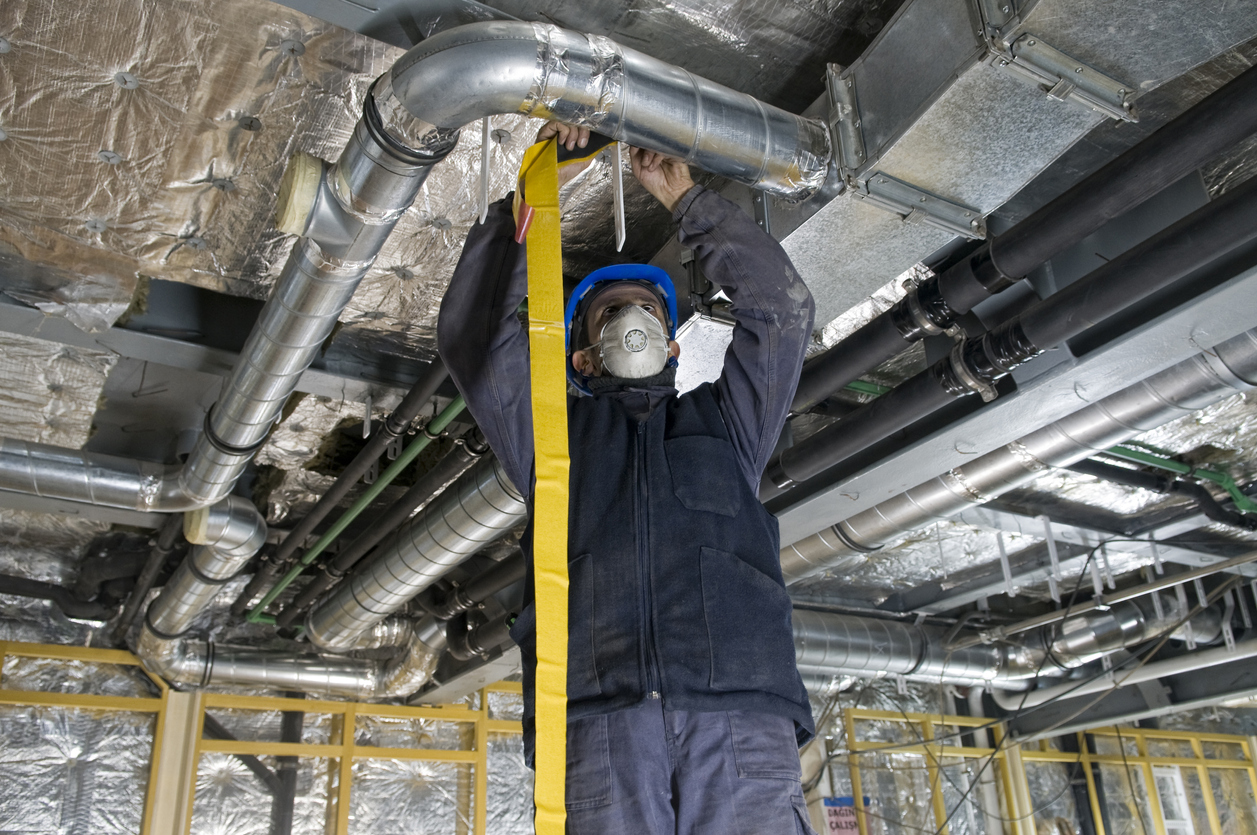
Before the weather starts to really heat up, it may be time to give your AC system a good inspection. If your air flow is restricted, your air handler will have to work harder which may increase energy use.
One of the most common causes of reduced air flow is friction. When air passing inside a duct experiences friction, it slows down and pressure is lost. The amount of friction depends on the material that the ducting is made from and how dirty it is inside. If you are using flex ducting, ensure that it is pulled tight to reduce friction. Rigid metal ducting provides an even smoother surface and less friction for passing air.
Turbulence is another way in which airflow is restricted. The main cause of turbulence is 90 degree elbows in ducts. When you use elbows with curved sides, there is less turbulence so choose your fittings with care.
The diagram below is from ACCA’s booklet Understanding the Friction Chart.
Friction rates are given for different ducting and fitting types. When combined with duct length, you can get an accurate estimate of the pressure drop over the entire system. Accuracy here will help you to select the correct sized HVAC appliances for your home. Any duct work that is not sealed properly allows air leakage and will affect the airflow though the ducts and, of course, the energy costs.
